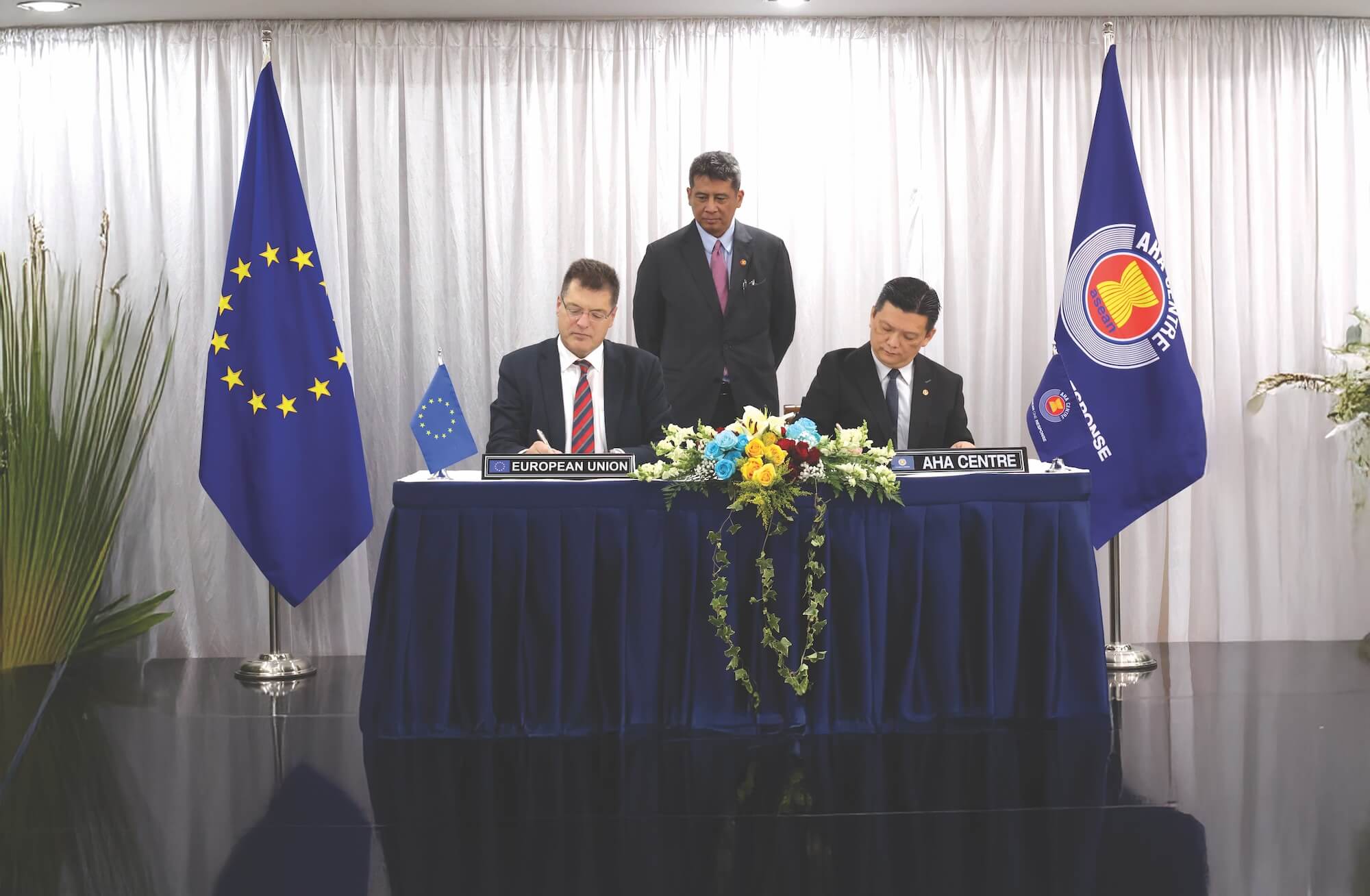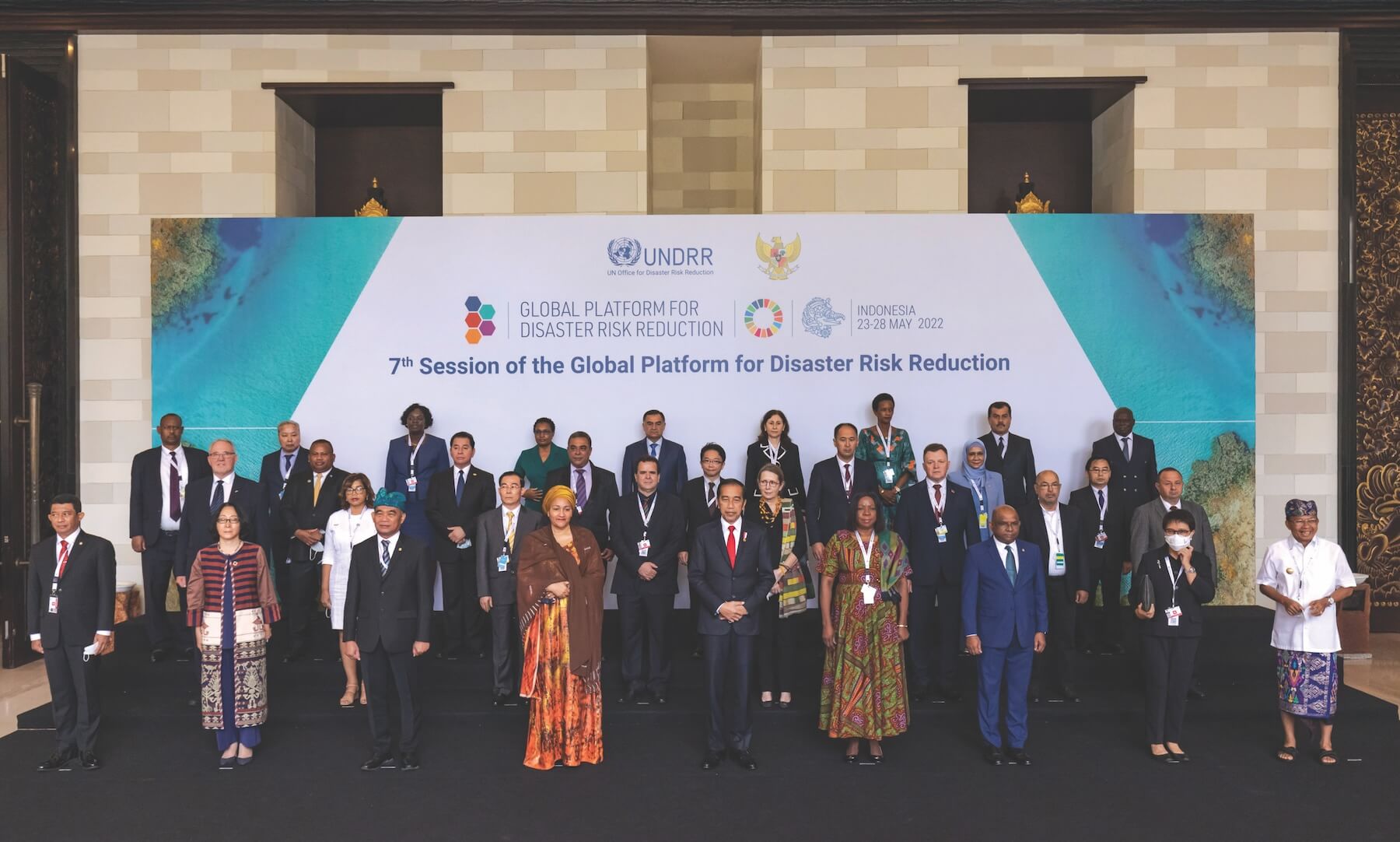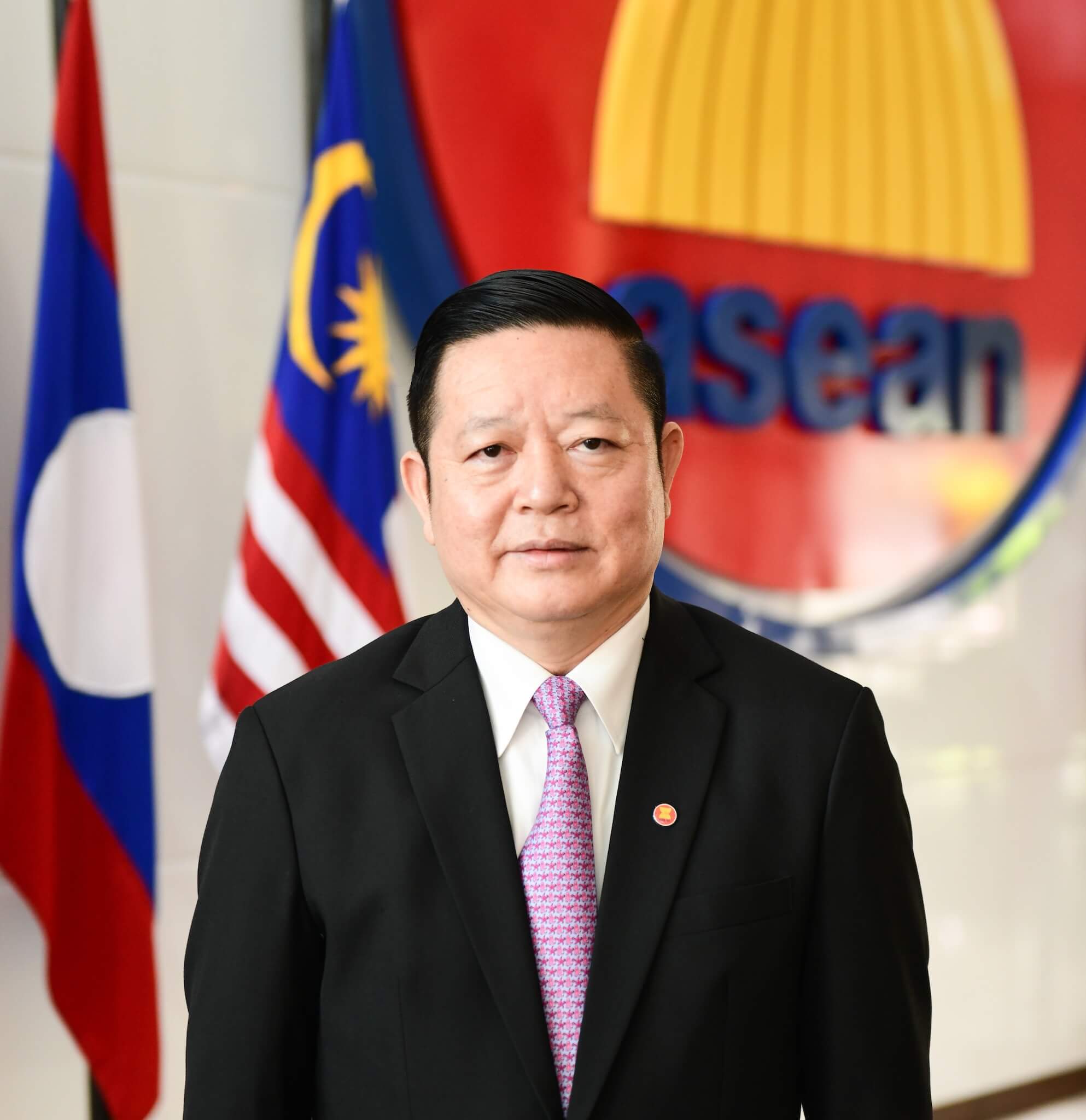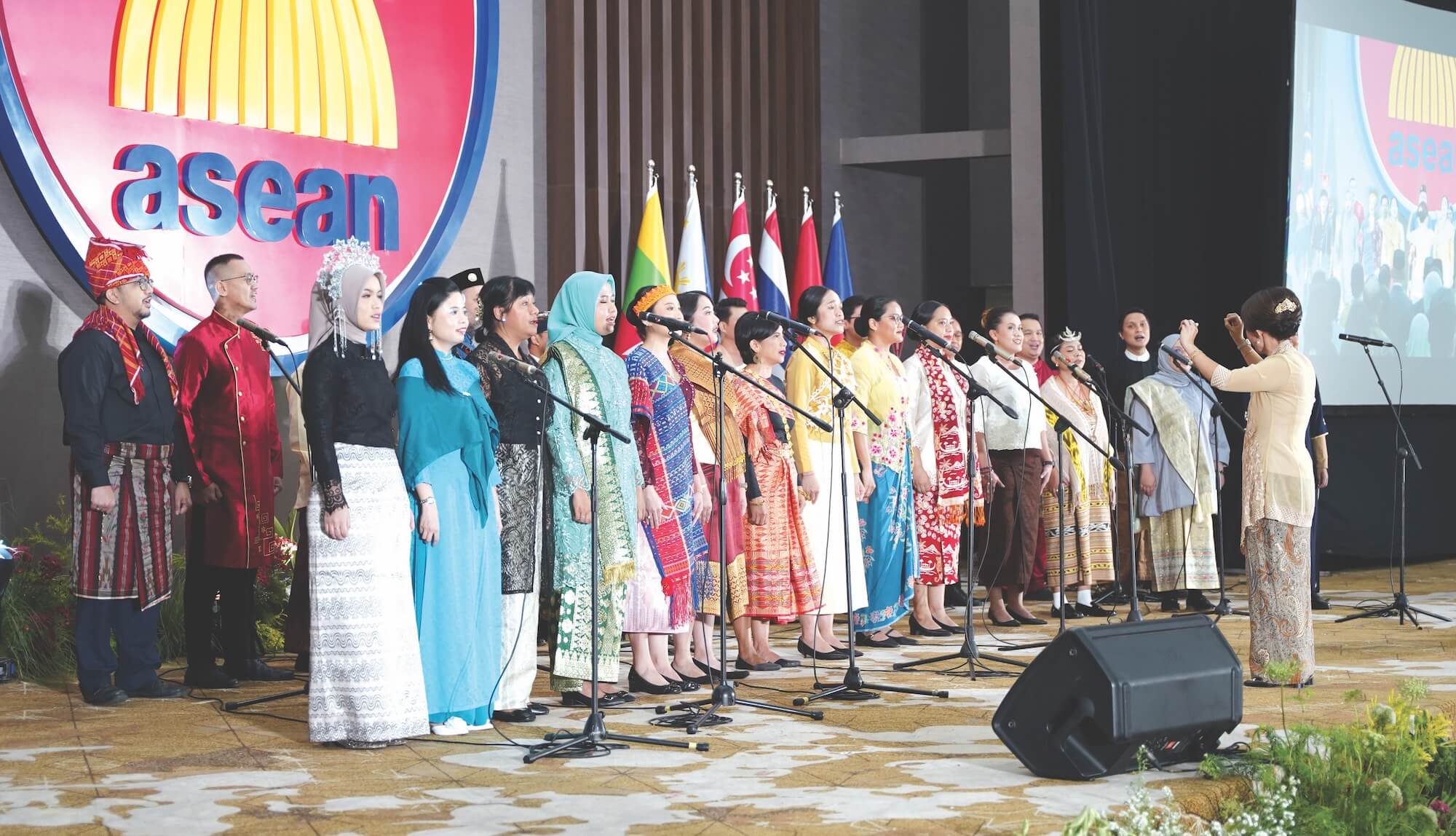
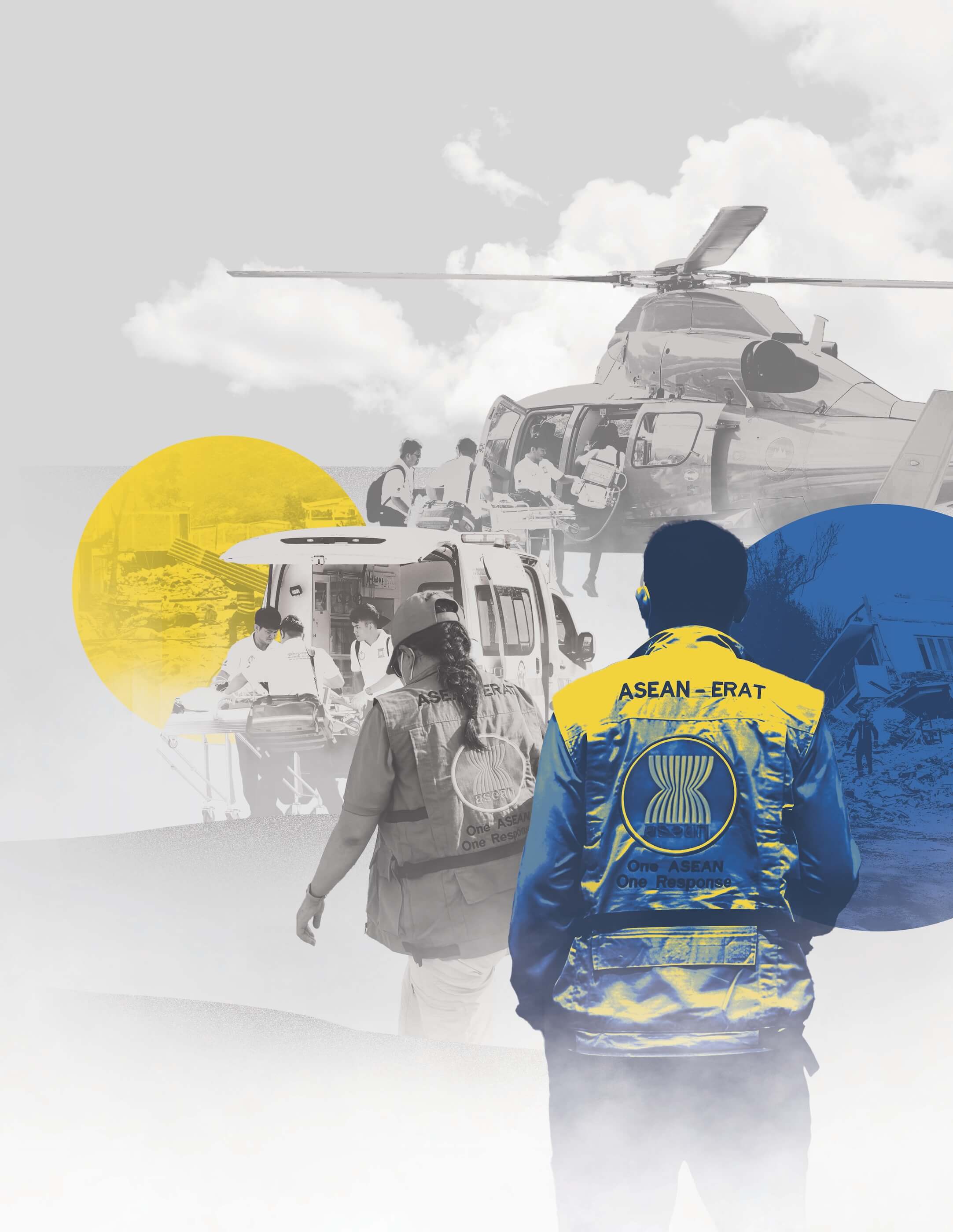


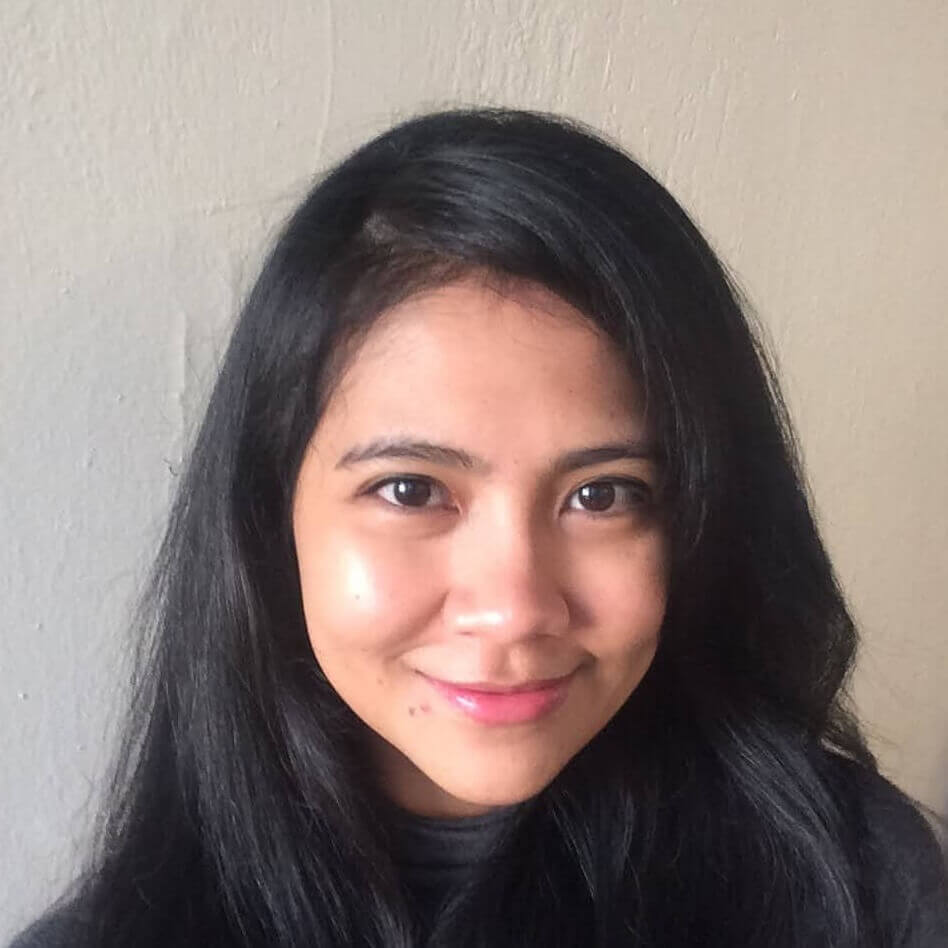
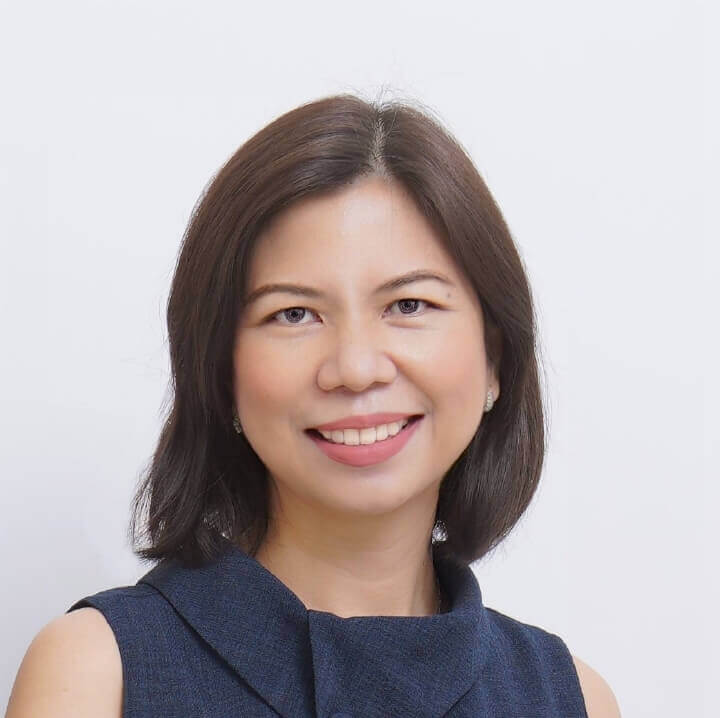
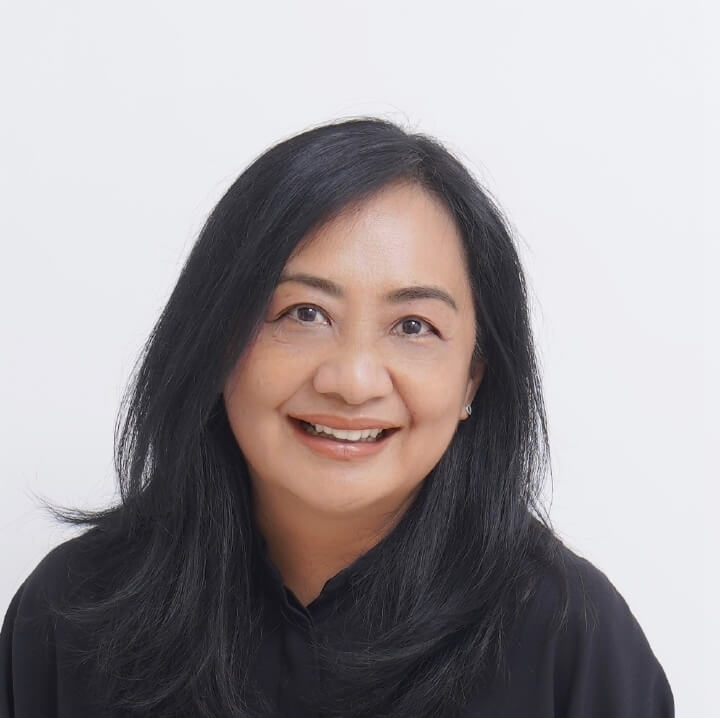
The 8th of August has always been a festive and eagerly anticipated day at the ASEAN Secretariat: the ASEAN Day Celebration. The theme of the 58th ASEAN Day, "Towards an Inclusive and Sustainable ASEAN Future," reflects Malaysia’s ASEAN Chairmanship theme of "Inclusivity and Sustainability."
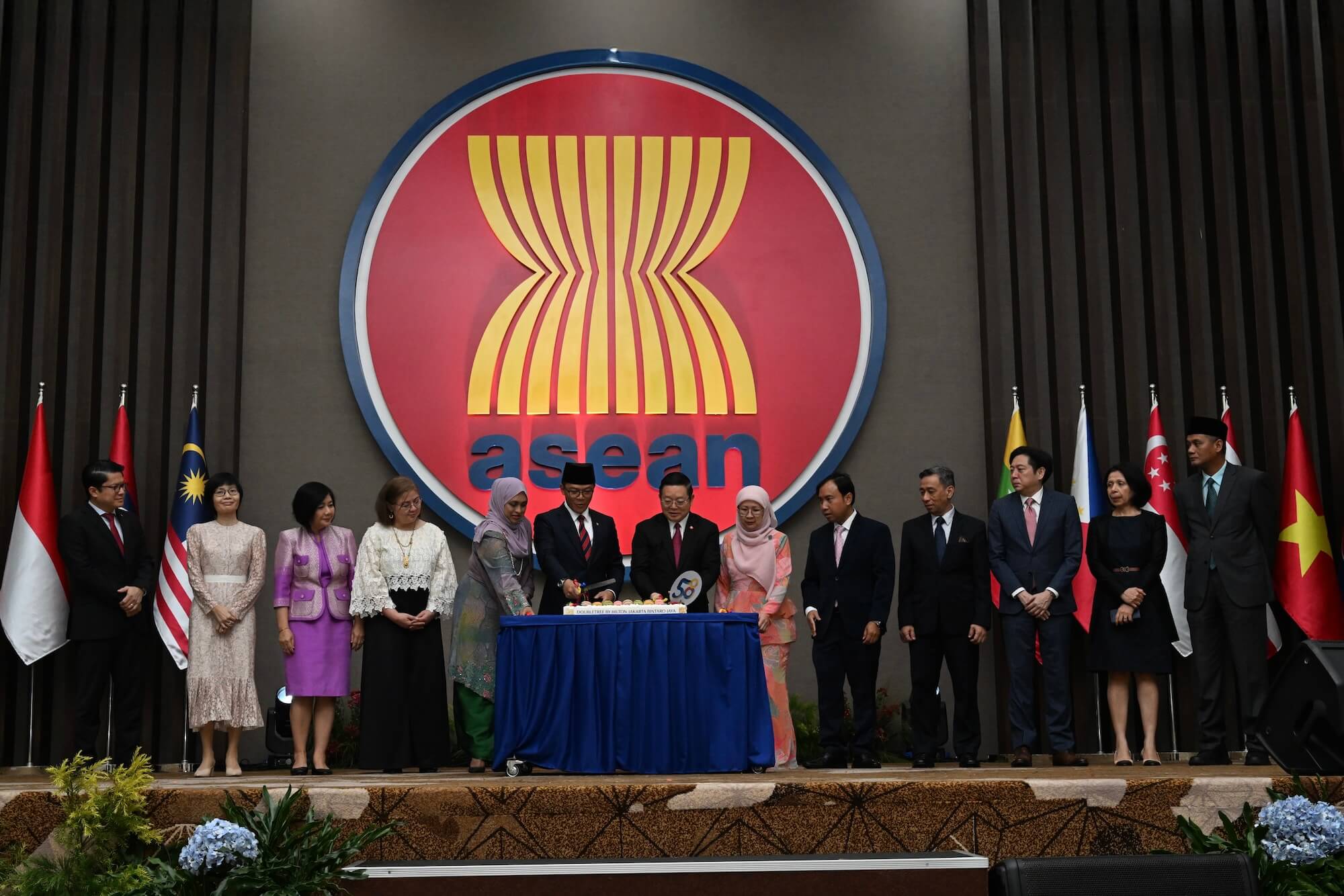
A celebration of inclusivity and sustainability
In his opening remarks, Secretary- General of ASEAN, Dr Kao Kim Hourn, underlined the urgency and foresight needed to advance the year’s theme.
“An inclusive ASEAN is one where opportunity is not a privilege for the few, but a right for all. A sustainable ASEAN is one where growth does not come at the cost of our future. And a united ASEAN is one that manages differences with wisdom, finds common ground amid disagreement, and never loses sight of this important and simple truth: our geography binds us side by side… The only way forward is together, in the ASEAN spirit of unity and solidarity.”
He stressed that inclusivity means ensuring that every country, community, and individual has a meaningful voice in shaping the future. Development must reach the most remote areas, youth and women must be empowered, and no one should be left behind in the digital economy. These principles, he noted, are enshrined in the ASEAN 2045: Our Shared Future, adopted at the 46th ASEAN Summit in Kuala Lumpur.
In keeping with the theme, ASEAN ensured that these messages of inclusivity would be heard and seen. The event was streamed live with a sign language interpreter inside the ASEAN Secretariat’s Nusantara Hall simultaneously translating the speeches for guests and online viewers.
In a recorded message, Malaysia’s Prime Minister Anwar Ibrahim reflected on ASEAN’s founding vision and the challenges of the present:
“Fifty-eight years ago, ASEAN was founded with a simple and enduring purpose: to keep the peace, build trust, and foster cooperation among neighbours. That vision remains the bedrock of our community today. ASEAN’s unity is more vital than ever. Our ability to speak clearly, coordinate effectively, and protect our shared interests will shape our relevance in the years ahead.”
He noted ASEAN’s economic achievements, which include being home to over 670 million people with a combined GDP of almost 4 trillion US dollars, and stressed that future growth must be inclusive, sustainable, and broadly shared. He reaffirmed Malaysia’s commitment to ASEAN Centrality and to preparing the region for transitions in digitalisation, decarbonisation, and connectivity, while welcoming progress on Timor-Leste’s accession.
Indonesia’s Minister of Foreign Affairs Sugiono attended the celebration and echoed the call for action: “As the Chair of ASEAN, Prime Minister Anwar Ibrahim said in the last summit, it is enough time for declarations; we need to deliver something concrete. If ASEAN is to remain relevant, we must invest in institutional capacity for crisis response, strengthen regional economic cooperation and digital transformation, and address transnational threats from human trafficking to climate change through collective action. None of this will be possible without ASEAN unity.”
He also highlighted Indonesia’s ongoing support for the organisation, from expanding the Secretariat’s infrastructure to revitalising the ASEAN Heritage Building and supporting the establishment of an ASEAN Museum and Library. These efforts aim to preserve not only physical structures but also ASEAN’s history and evolving identity.
“Jakarta is not just a host city; it is a living platform for regional collaboration… Let us remember what has sustained ASEAN through the decades. We endure because we choose dialogue over confrontation, cooperation over competition, and unity over division.”
The ceremony closed with performances that reflected ASEAN’s cultural diversity and commitment to inclusivity. Ahmad Fauzan Nur Rizkiawan, from the London School Beyond Academy and a member of the ASEAN Autism Network, performed his original composition “Surga” [Heaven], followed by a contemporary dance from Malaysia’s Sanggar Mancasari.
Guests and staff also took home mementoes prepared by the ASEAN Secretariat: handcrafted items from Du Anyam and the Traditional Textile Arts Society of Southeast Asia (TTASSEA). Made from sustainable materials by artisans in East Nusa Tenggara and Yogyakarta, these souvenirs were a reminder that ASEAN’s celebration of culture goes hand in hand with empowering communities and promoting sustainability.
A festival of flavours
The food festival is one of the highlights of the ASEAN Day celebration.
Visitors, most of whom were garbed in their national costumes, queued to sample delicious fare from all the Member States, Timor-Leste, and ASEAN’s Dialogue Partners that set up food stalls in the ASEAN Heritage Building. It was a rare opportunity to taste and learn more about each country’s cuisine.
The ASEAN sat at the same table with Geziq Logahan from Indonesia, Bebiyana Bidin from Malaysia, Nuurhafizah Brahim, and Nureen Farahhanis Salam from Brunei Darussalam. They are all participants of the 4th ASEAN Junior Fellowship Programme (AJFP), enjoying their first ASEAN Day celebration.
“I think the best part of the day is the food,” said Geziq. “We’ve got to try dishes from every country. It’s not easy to find authentic Filipino or Myanmar food here, and it was delicious,” she added with a laugh.
Bebiyana enthusiastically agreed. “It’s such a rare occasion to have authentic dishes from so many countries in one place—and yes, we also love that it’s free,” she said, laughing.
For Nureen, one moment stood out in particular. “I liked that upstairs [part of the inclusivity exhibition], the one making the coffee is a person with a disability. In a way, this ASEAN Day really felt inclusive,” she shared.
In keeping with the sustainability theme, most of the food exhibitors used sustainable materials for food packaging. Food waste was segregated in designated bins provided by Sirsak, a green-tech startup focusing on waste management.
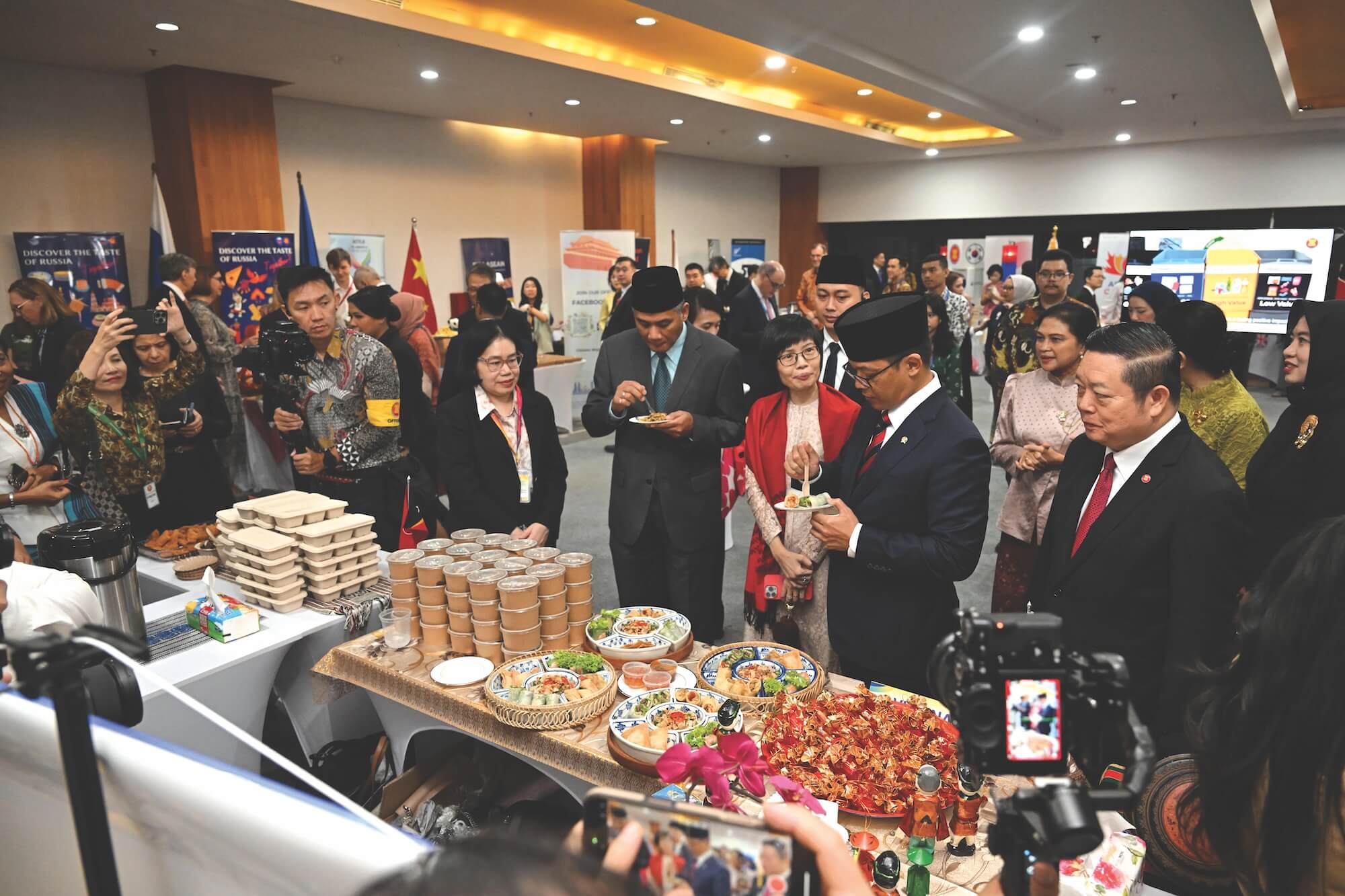
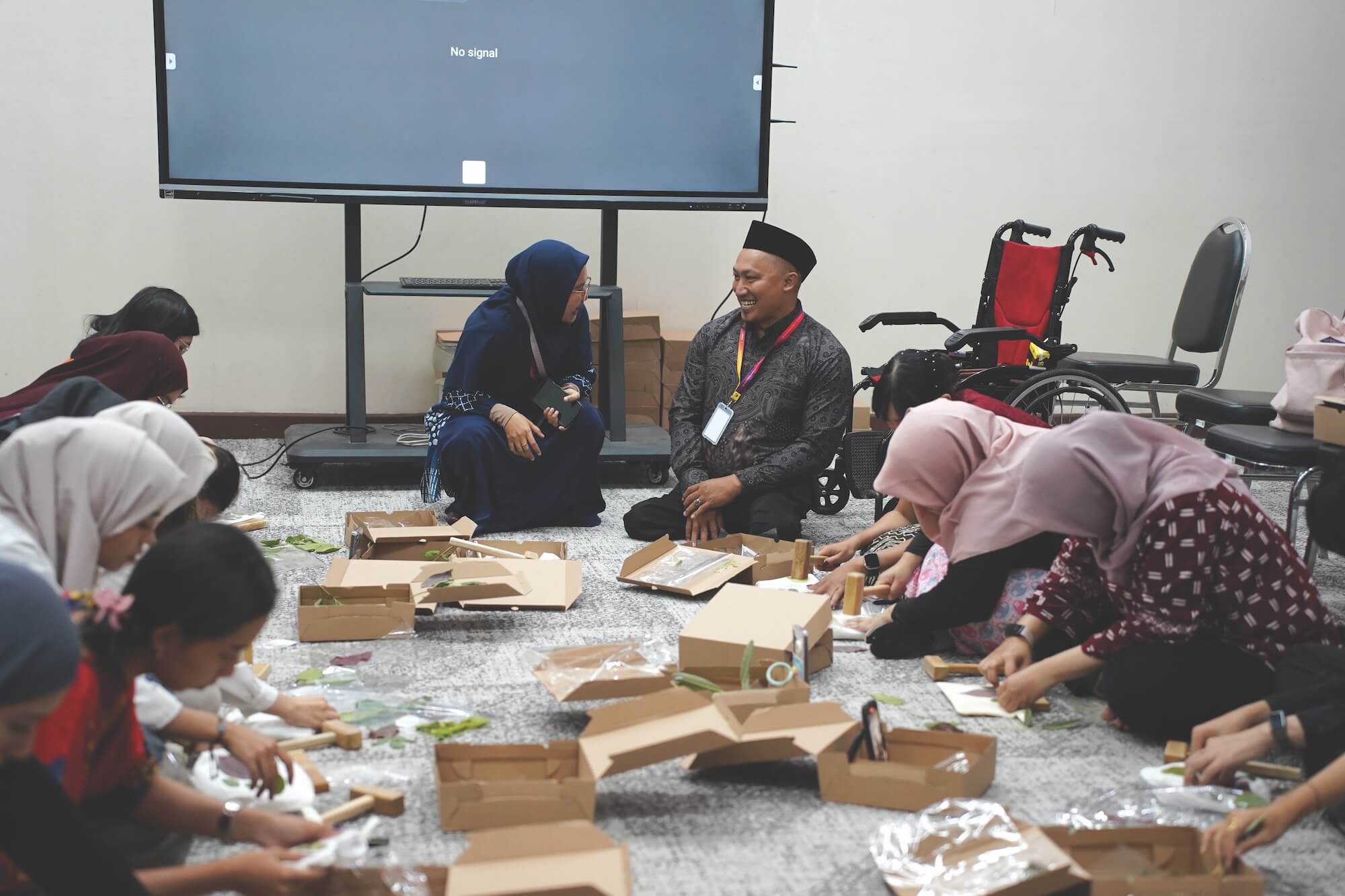
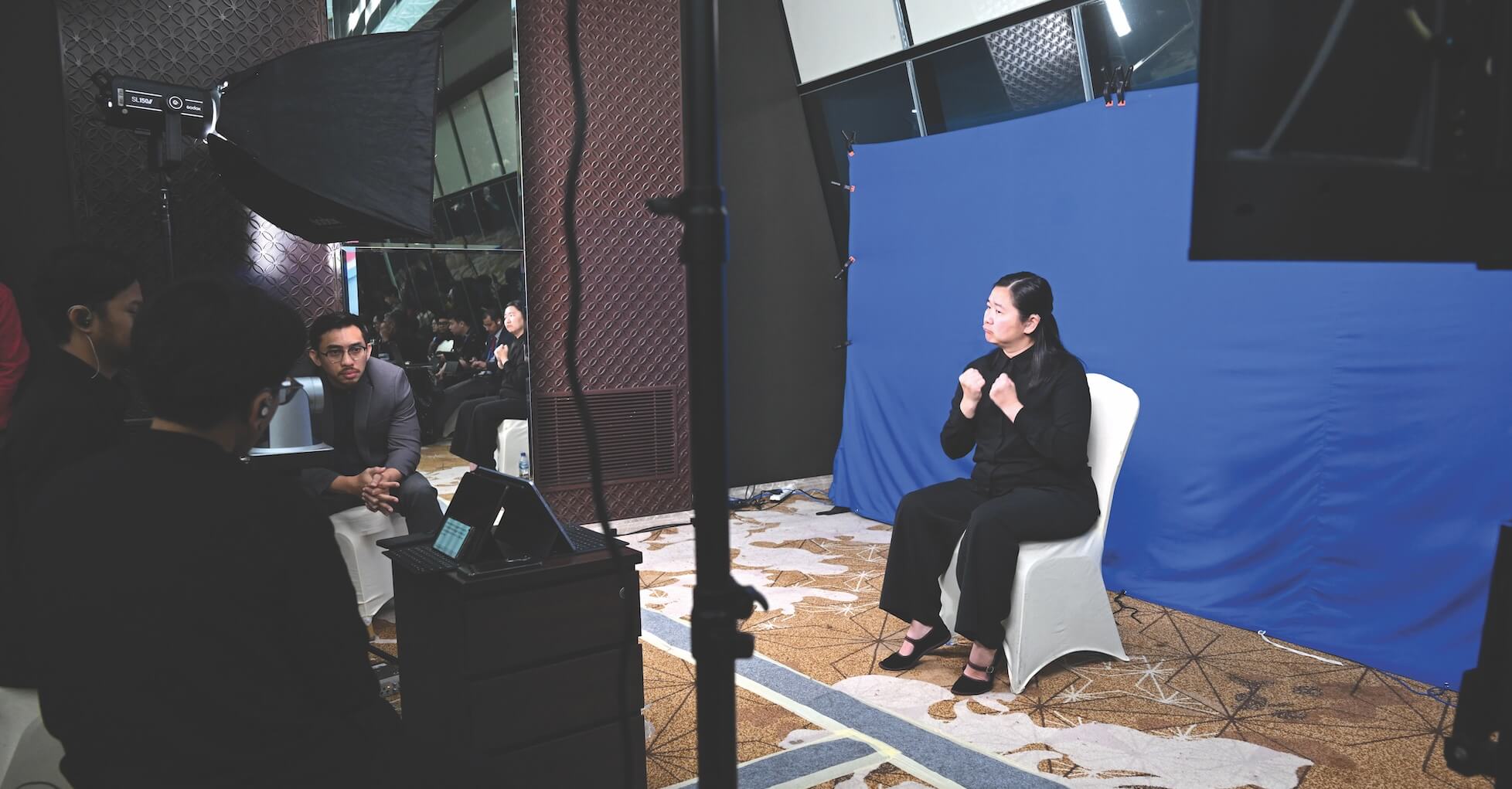
Forum and exhibit: Living a sustainable life
Sirsak and social enterprises that promote sustainability and inclusivity joined an exhibit and workshop to cap the ASEAN Day celebration. Entrepreneurs and changemakers shared how their passion for solving community problems, from poverty to waste management, led to thriving businesses that benefit marginalised communities.
Sirsak, co-founded by Angeline Callista, is a company that addresses low-value packaging waste like sachets and plastic wrappers. They collect this waste from various collection points and transform it into plastic pellets, which can then be used to create new products. The company works with everyone in the supply and demand chain, from producers to recyclers, to trace and manage post-consumer packaging waste.
Du Anyam [mother weaving] provides rural women with alternative income options outside of subsistence agriculture. They help women weavers produce commercially viable products and market these to domestic and international markets. “In the past 11 years, we’ve worked directly with more than 1,600 artisans and we have increased women’s income by an average of 40 per cent,” said Melia Winata, co-founder and CEO of Du Anyam.
Maybank’s RISE (Reach Independence and Sustainable Entrepreneurship) Programme empowers disadvantaged individuals, especially persons with disabilities (PWDs), through entrepreneurship and financial management training. “It started in 2014 in Malaysia and then spread to six ASEAN countries with a total of 45,000 participants. Thirty-five thousand of these are PWDs. The income of the participants increased by an average of 140 per cent,” said George Suwarno, Sr., project manager of People Systems Consultancy, which manages the RISE Programme.
Setali works with home-based tailors to reduce waste from fashion—the second biggest pollutant in the world—by turning discarded clothing and textile scraps into new and stylish products. “We have created more than 15,000 recycled items, as fashion items and also artwork. We have ready-to-wear products that can be purchased right away. We can also customise for anyone who wants to repair or upcycle their clothing,” said Gema Putri Ramadhani Minang, Director of Setali.
Demi Bumi promotes the use of upcycled, reusable, and/or biodegradable materials in daily life to reduce single-use plastic pollution. They produce personal care items, such as natural soap and cotton pads, and home products, such as upcycled glass bottles, coasters, bags, and pouches.
Deputy Secretary of ASEAN for Community and Corporate Affairs Nararya S. Soeprapto ended the programme by highlighting ASEAN’s commitment to championing sustainable development and reminding participants of their personal responsibility to protect the environment. “Our sustainability is defined by the daily choices we make as individuals and communities. It involves our decision about what we consume and what we purchase and whether those choices support ethical and sustainable practices. Sustainability is a shared responsibility and collective journey for all of us.”
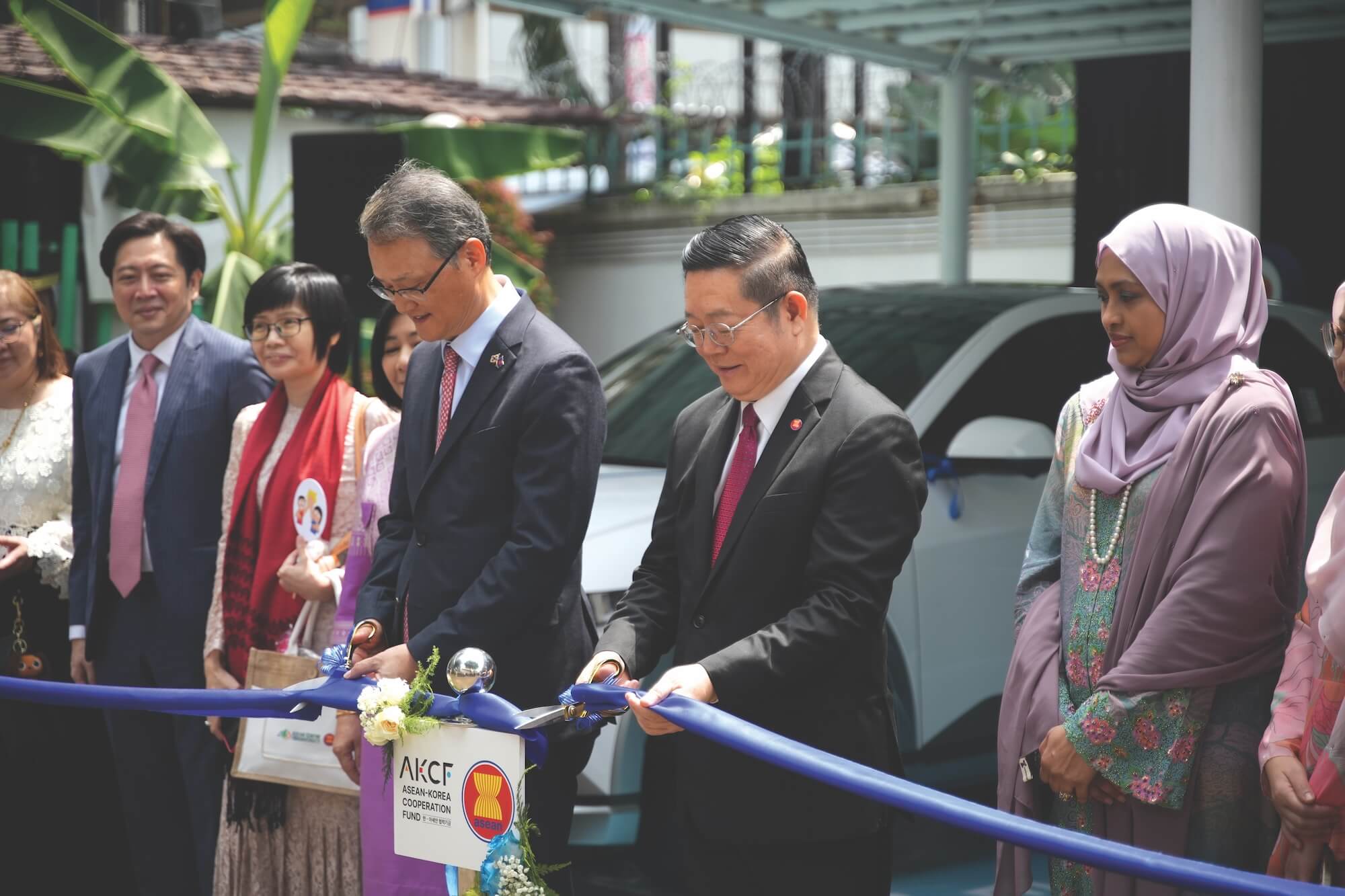
Two cities, one celebration
Another first this year were the simultaneous ASEAN Day celebrations in two cities: Jakarta, Indonesia and Osaka, Japan. Festivities in Osaka were live-streamed from the World Expo during the ASEAN Day festivities.
The celebration in Osaka featured a parade, flag hoisting, press conference, and reception, presided over by Deputy Secretary-General of ASEAN Economic Community Satvinder Singh. It was highlighted by a musical performance from C asean Consonant using traditional Southeast Asian instruments. Supported by JAIF and the AirAsia Foundation, the event showcased ASEAN’s cultural diversity and its commitment to a sustainable, inclusive future.
The ASEAN Pavilion at the World Expo has welcomed over 1.2 million visitors since it opened on 13 April 2025. The World Expo runs until 13 October this year. <Visit https://asean.org/experience-the-asean-pavillion/>
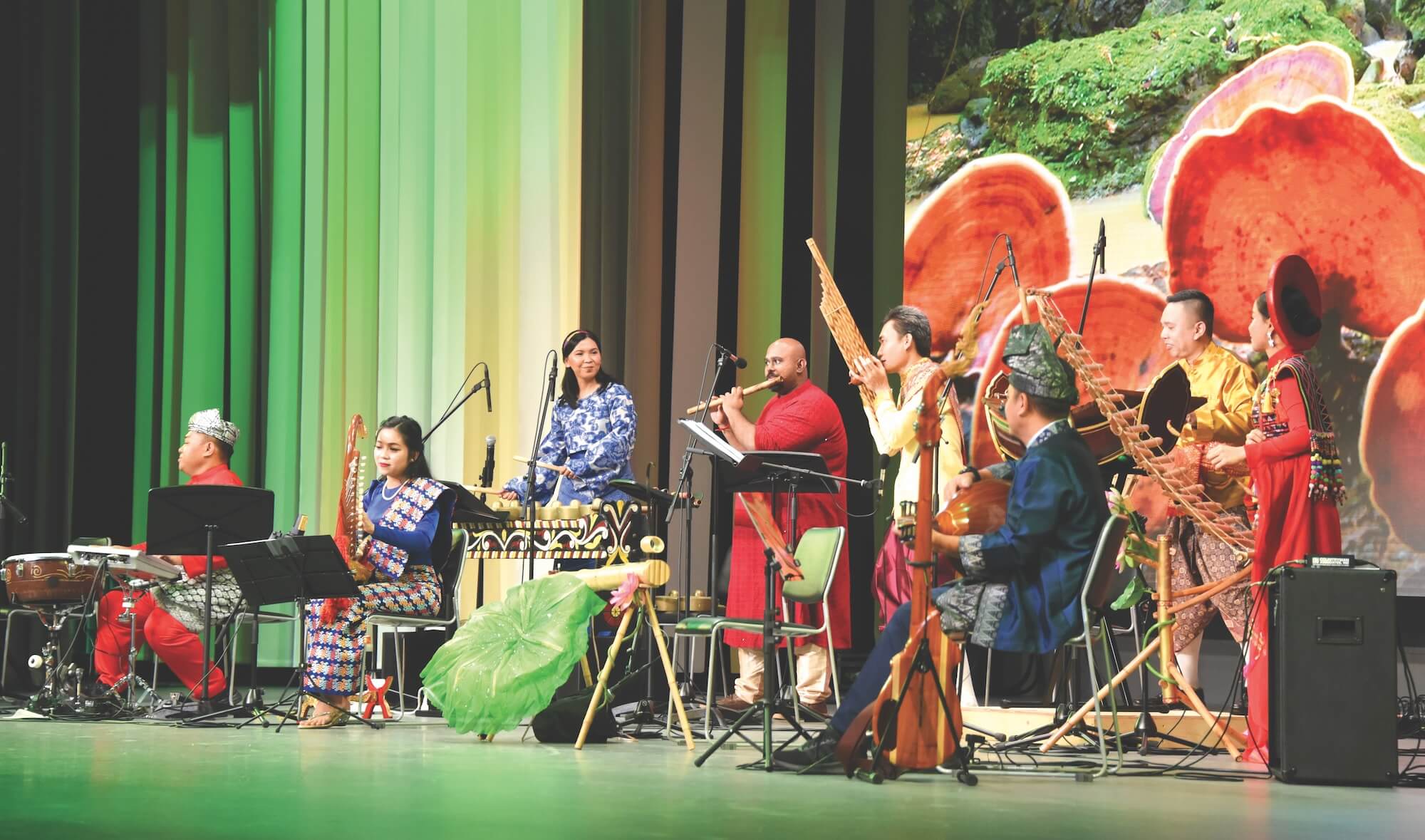
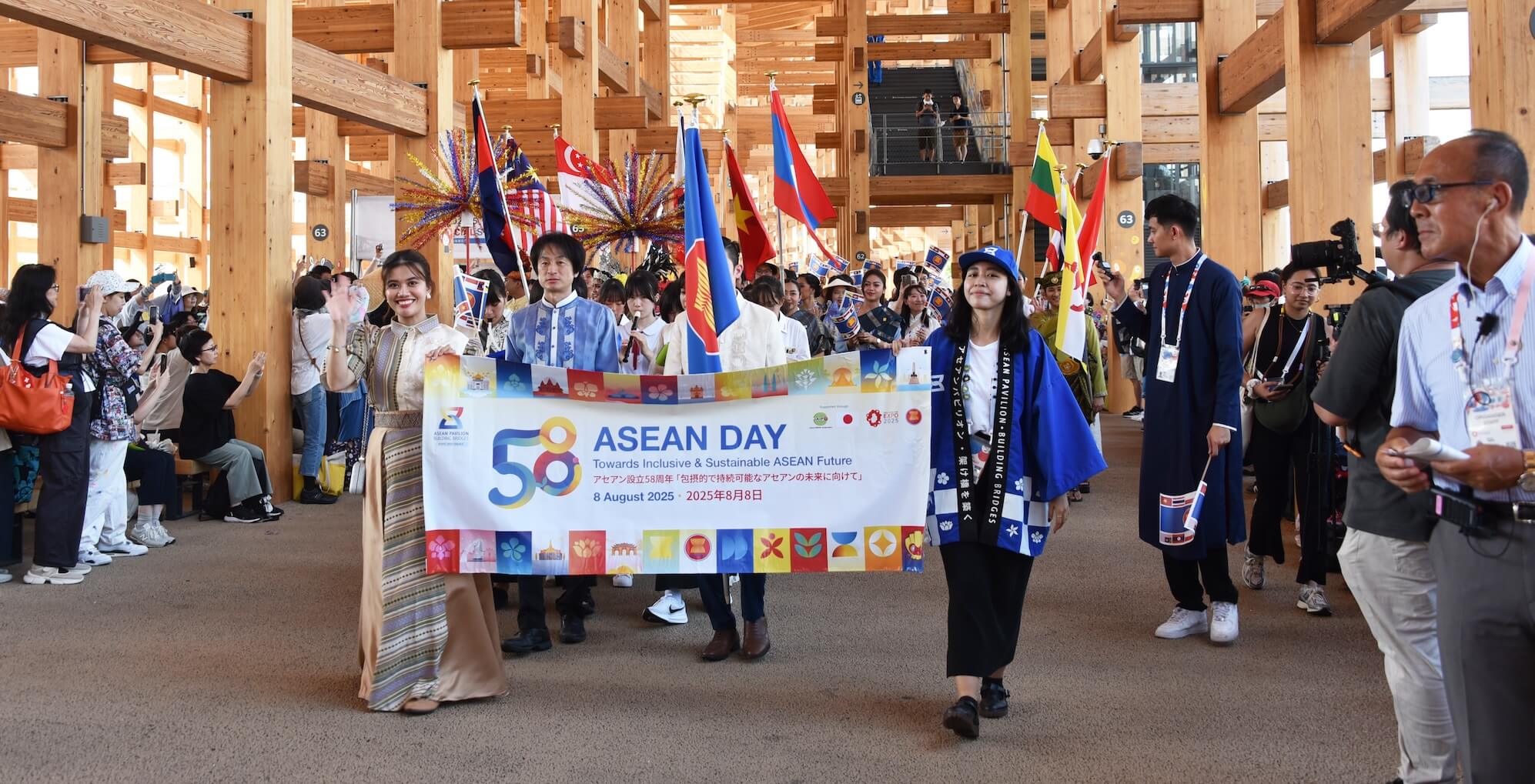
Tenaya in Osaka
Adding gaiety to the ASEAN exhibit at the World Expo 2025 was ASEAN’s official mascot, Tenaya. The name combines “Ten,” representing ASEAN’s 10 Member States, with “aya,” a playful ending meant to evoke joy. Created by Bandung-based Indonesian visual artist Aziez Nugroho, Tenaya was selected as the winning design from over three hundred entries submitted by participants across Southeast Asia. Drawing on the ASEAN emblem and the region’s cultural richness, Aziez incorporated 10 stalks of rice from the ASEAN logo, traditional Malay attire, wooden bakiak sandals found in several Southeast Asian countries, and an infinity-shaped rope symbolising unity.
“I was inspired by so many things because Southeast Asia’s visual culture is so rich and diverse,” Aziez said. “From the ASEAN logo to regional attire and cultural symbols, I wanted Tenaya to represent our shared identity while still feeling friendly and full of character.”
Aziez witnessed the unveiling of Tenaya at the ASEAN Pavilion. “Southeast Asian’s visual and narrative culture is incredibly rich. We should keep finding ways to bring it into popular platforms so that our stories and values are part of the global conversation,” Aziez said.





